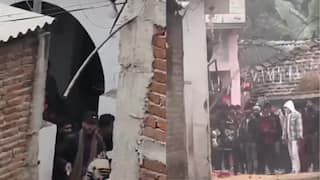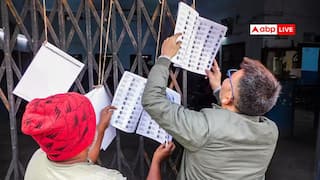What Is OBC Creamy Layer? Know Why SC Ordered Haryana Govt To Redefine It
Some rules have been framed to fix the OBC creamy layer. Only OBC families with income of less than Rs 8 lakh per annum get the benefit of reservation.

New Delhi: The Supreme Court on Tuesday said that the 'creamy layer' in OBCs cannot be determined solely on the basis of economic criteria. The court rejected the Haryana government's August 17, 2016 notification regarding setting criteria for removal of the creamy layer. The court said it was a gross violation of the directions issued by them in the Indira Sahni case.
Creamy layer is a category of OBCs, which relates to individuals and families which fall in a higher income category. People covered under this category are deprived of the benefits of reservation. That is, they are not entitled to be a part of the 27 percent reservation in jobs and education meant for OBCs.
According to existing rules, families earning Rs. 8 lakh or more annually are placed in the creamy layer category, and do not get the benefits of reservation. This is done on the basis of a pre-defined legal provision.
How is Creamy layer defined?
Some rules have been framed to fix the OBC creamy layer. The Department of Personnel and Training (DoPT) had issued an official memorandum in 1993. It said that OBC families with income of less than Rs 8 lakh per annum would be the only ones eligible to get the benefits of reservation.
'Salary' and 'Agricultural Income' have not been added to it. The creamy layer has been fixed on the basis of income from sources other than 'salary' and 'agricultural income'.
The government has recommended raising the limit from Rs 8 lakh to Rs 12 lakh by including 'salary' in the creamy layer of OBCs. However, the NCBC (National Commission for Backward Class) is opposing the government's decision.
The government says it will help in separating the people belonging to the community by including the aspect of salary. But NCBC says it will harm the interests of the backward class communities.
Related Video
Uttarakhand News: Winter Chill Grips North India; Kedarnath Dham Covered in Snow





































